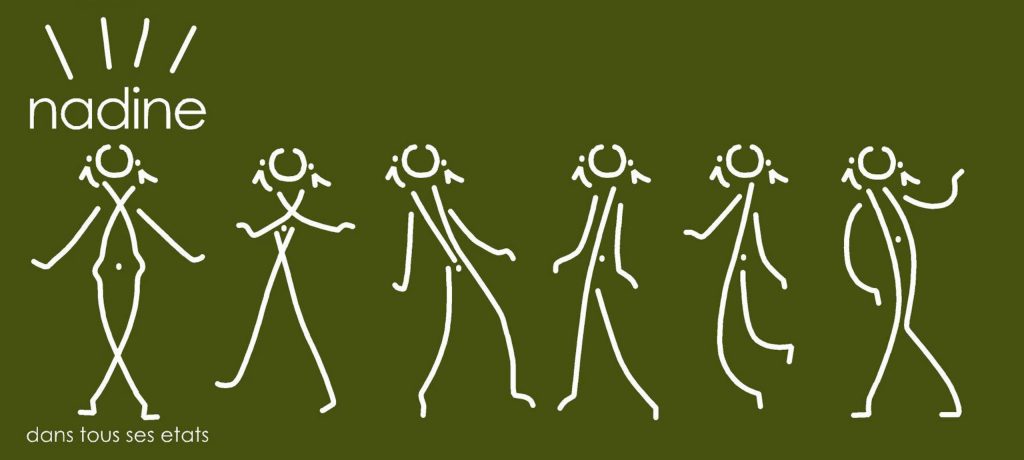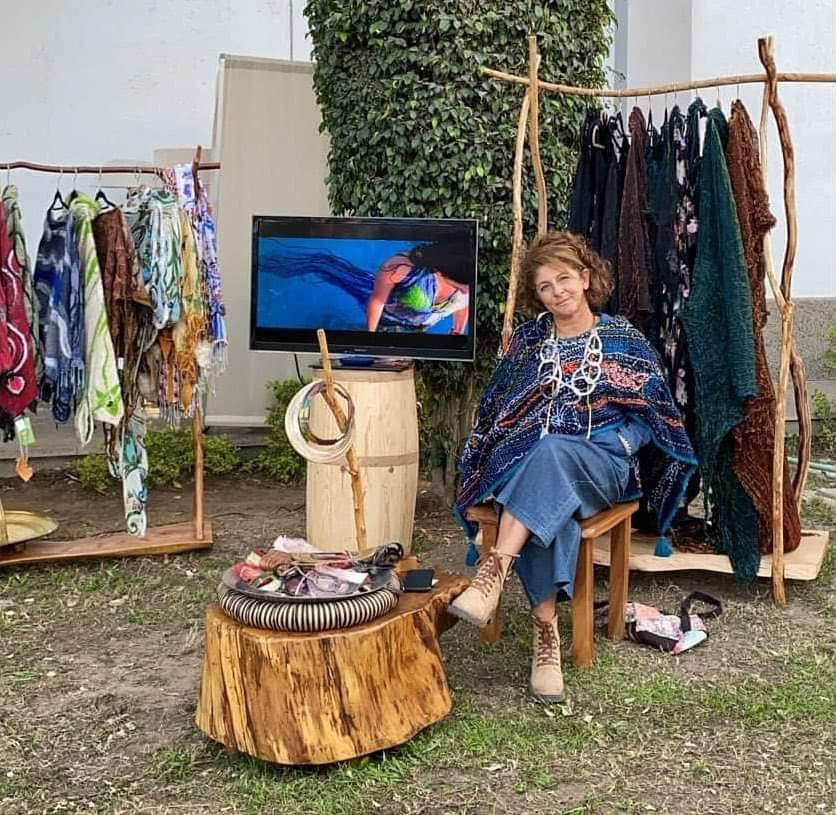Nadine Chamaa
“To see, to touch, to feel, and to be moved by beautiful fabrics has always been part of my desire for discovery.“
Born in Lebanon but citizen of the world, Nadine Dans Tous Ses États is a brand inspired by a life lived in between cultures. A spirituous nature, refined and complex, but evoked with subtlety and delicacy.
Nadine passion stems from a desire for discovery through the eyes of a woman who has done a lot in her lifetime but never stopped exploring. Through her various travels from South America to the Far East & Europe she learned to use age-old techniques such as Shibori 3D, Indigo Dye and Felting and many more which she incorporates to her natural blends of unusual fabrics from crisp Egyptian cotton & linen to upcycled materials.
Nadine’s designs focus specifically on using sustainable materials in the production of her collections. Staying at the forefront of sustainable fashion, her focus is to give consumers an ethical choice when it comes to their fashion wardrobe.
Nadine Chamaa's Mother Nature Designs
Techniques
My craft is centered around my passion to work with my hands and allowing the work to represent my love and energy that comes from experimenting with reused & overlooked materials, and special age-old techniques that have been rooted in societies around the world. My work often explores the possibility of combining seemingly different techniques to create something entirely new. Every piece of clothing is tailored to create an individual and unique final product. Each piece will have its own character that will be created as you wear it.
Shibori (3D Manipulation)
A Japanese technique created to add texture to textiles by exploiting their thermoplastic qualities. This technique often involves wrapping, twisting, pleating and folding. When we wrap and twist the fabric into shapes and then boil when it dries out it will maintain shape giving the fabric a 3D effect.
Upcylce
Is the process of transforming by-products, waste materials, useless, or unwanted products into new materials perceived to be of greater artistic quality and environmental value. By upcycling we remove the need to produce new or raw materials. By reducing this need, we can cut down on air pollution, water pollution, landfill use, and even greenhouse gas emissions.

